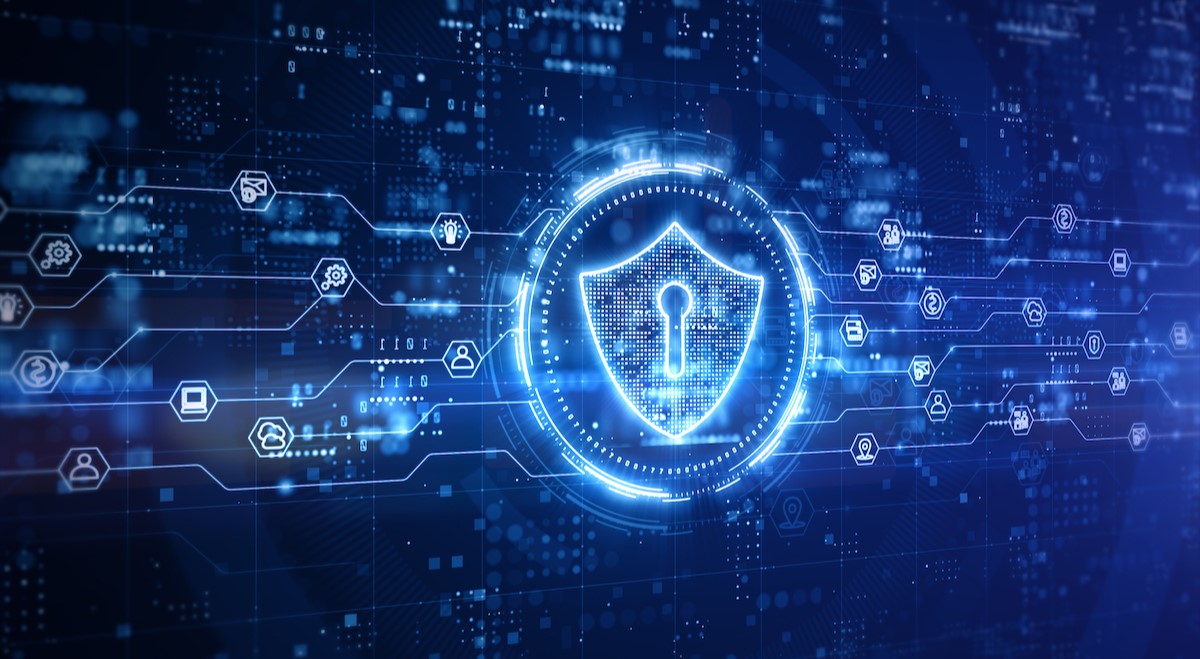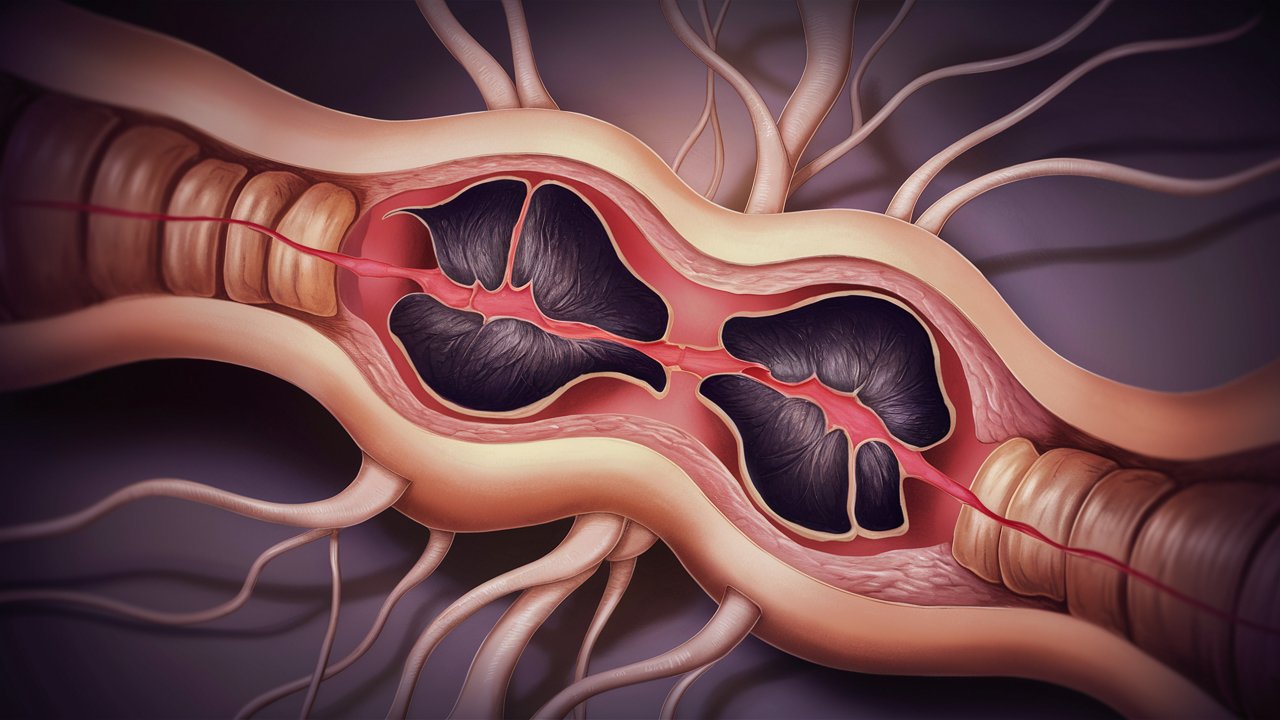
What is OT Security? Operational Technology (OT) Security focuses on protecting systems that monitor and control industrial operations. These systems include everything from power plants to manufacturing lines. Unlike IT security, which guards data and networks, OT security safeguards physical processes and machinery. Why is OT Security important? Because a breach can disrupt critical infrastructure, leading to severe consequences like power outages or compromised safety. How does OT Security work? It involves a mix of hardware and software solutions designed to detect, prevent, and respond to threats. Who needs OT Security? Industries like energy, transportation, and manufacturing rely heavily on it to ensure smooth, safe operations.
What is OT Security?
Operational Technology (OT) security focuses on protecting systems used to monitor and control industrial operations. These systems are crucial for industries like manufacturing, energy, and transportation. Let's dive into some fascinating facts about OT security.
-
OT security safeguards critical infrastructure from cyber threats, ensuring the smooth operation of essential services.
-
Unlike IT security, which protects data, OT security focuses on the physical processes and machinery.
Importance of OT Security
Understanding why OT security is vital can help appreciate its role in our daily lives.
-
A breach in OT security can lead to catastrophic consequences, including physical damage and safety hazards.
-
OT systems often control critical infrastructure like power grids, water treatment plants, and transportation systems.
Differences Between IT and OT Security
While both IT and OT security aim to protect systems, their approaches and focuses differ significantly.
-
IT security primarily deals with data protection, whereas OT security focuses on the safety and reliability of physical processes.
-
OT systems often have longer lifespans than IT systems, making them more vulnerable to outdated security measures.
Common OT Security Threats
Knowing the common threats can help in developing better security strategies.
-
Malware specifically designed for industrial control systems (ICS) can disrupt operations and cause significant damage.
-
Insider threats, where employees intentionally or unintentionally compromise security, are a major concern in OT environments.
OT Security Best Practices
Implementing best practices can significantly enhance the security of OT systems.
-
Regularly updating and patching OT systems can help protect against known vulnerabilities.
-
Network segmentation can limit the spread of malware and contain potential breaches.
Real-World OT Security Incidents
Examining real-world incidents can provide valuable lessons for improving OT security.
-
The Stuxnet worm, which targeted Iran's nuclear facilities, is one of the most well-known OT security breaches.
-
In 2015, a cyberattack on Ukraine's power grid left hundreds of thousands without electricity, highlighting the importance of OT security.
Future of OT Security
As technology evolves, so do the challenges and solutions in OT security.
-
The rise of the Industrial Internet of Things (IIoT) introduces new vulnerabilities and complexities in securing OT systems.
-
Artificial intelligence and machine learning are being increasingly used to detect and respond to OT security threats.
OT Security Regulations and Standards
Regulations and standards play a crucial role in ensuring the security of OT systems.
-
The NIST Cybersecurity Framework provides guidelines for improving the security of critical infrastructure.
-
The IEC 62443 standard offers a comprehensive approach to securing industrial automation and control systems.
Challenges in Implementing OT Security
Implementing OT security comes with its own set of challenges.
-
Many OT systems were not designed with security in mind, making retrofitting security measures difficult.
-
The convergence of IT and OT systems can create new vulnerabilities and complicate security efforts.
The Role of Human Factors in OT Security
Human factors play a significant role in the effectiveness of OT security measures.
- Training and awareness programs for employees can help reduce the risk of insider threats and improve overall security.
Final Thoughts on OT Security
Understanding OT security is crucial for protecting industrial systems. These systems control critical infrastructure like power plants, water treatment facilities, and manufacturing lines. Without proper security measures, they become vulnerable to cyberattacks, which can lead to significant disruptions and even physical damage.
Implementing strong cybersecurity protocols and regularly updating software can help mitigate risks. Training employees to recognize potential threats and ensuring they follow best practices is also essential. Remember, a single weak link can compromise an entire system.
Investing in advanced security solutions and staying informed about the latest threats will keep your operations running smoothly. Regular audits and assessments can identify vulnerabilities before they become major issues. By prioritizing OT security, you safeguard not just your systems, but also the people and communities that rely on them. Stay vigilant and proactive to maintain a secure and resilient infrastructure.
Was this page helpful?
Our commitment to delivering trustworthy and engaging content is at the heart of what we do. Each fact on our site is contributed by real users like you, bringing a wealth of diverse insights and information. To ensure the highest standards of accuracy and reliability, our dedicated editors meticulously review each submission. This process guarantees that the facts we share are not only fascinating but also credible. Trust in our commitment to quality and authenticity as you explore and learn with us.


